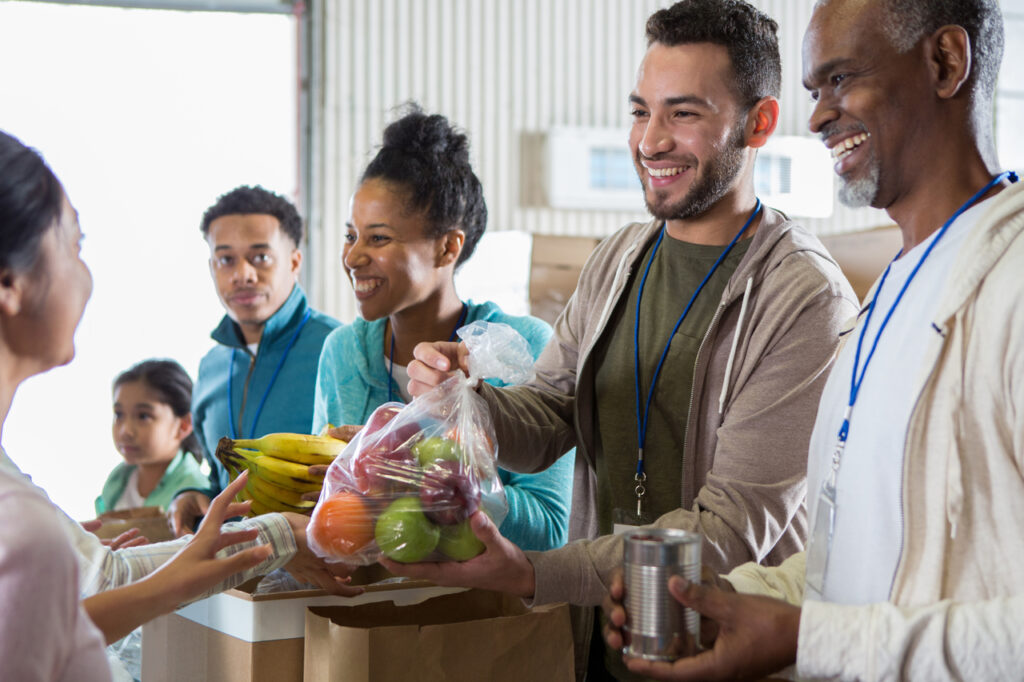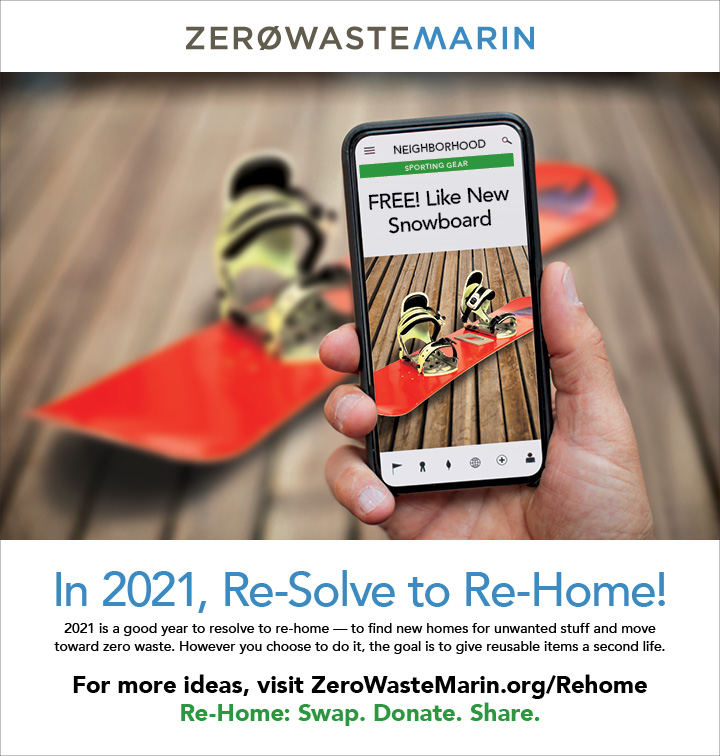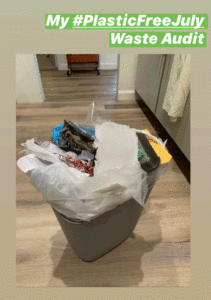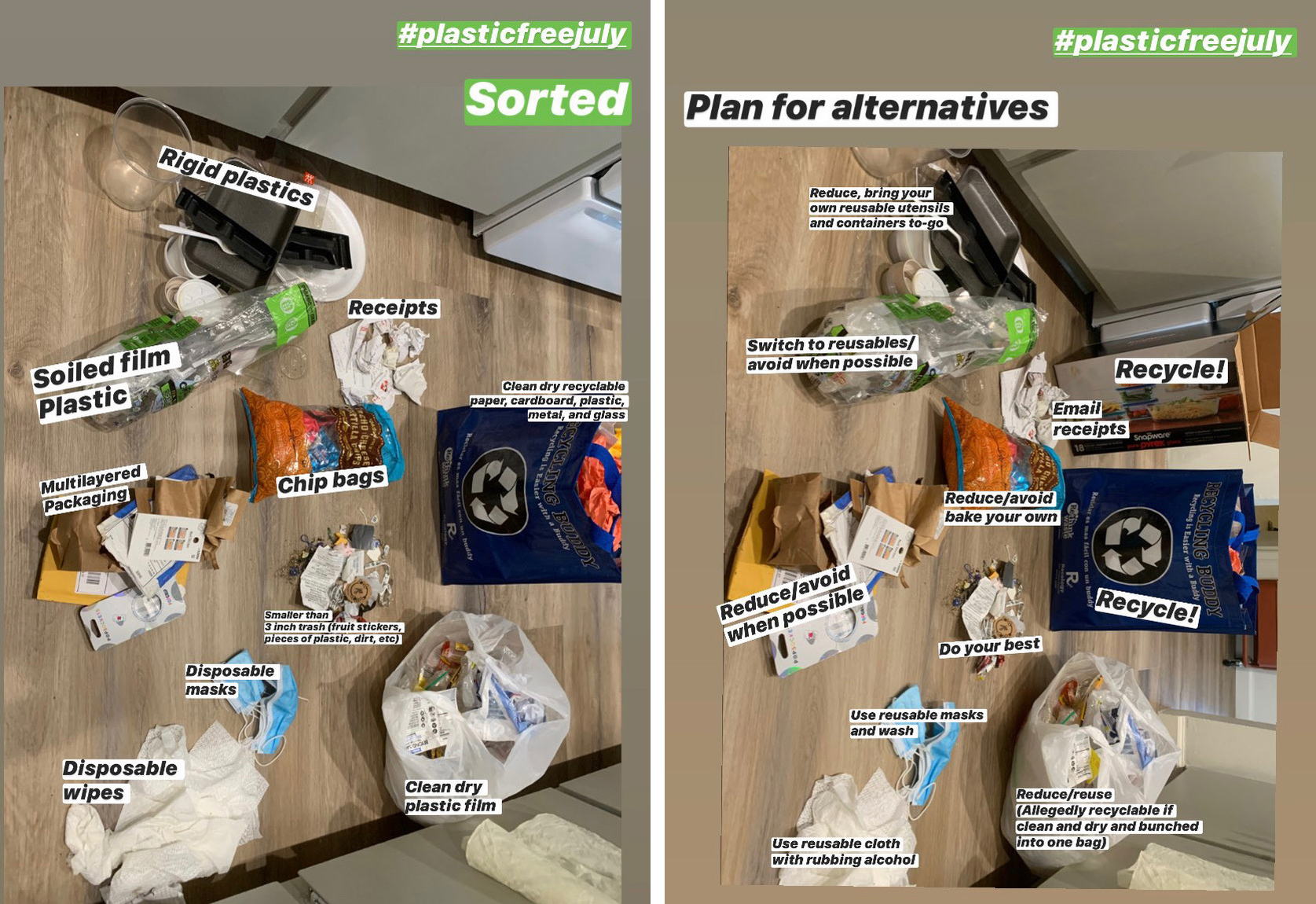 While recycling has been getting a bad rap recently, the recent National Zero Waste Conference offered some fresh and hopeful perspectives. Gigantic Team Member Dennis Uyat coordinated the session: “Recycling Is Not Broken, But Can Use Some Help.” The conference was attended by over 400 people, and the session was moderated by Maurice Sampson, Eastern Pennsylvania Director of Clean Water Action.
While recycling has been getting a bad rap recently, the recent National Zero Waste Conference offered some fresh and hopeful perspectives. Gigantic Team Member Dennis Uyat coordinated the session: “Recycling Is Not Broken, But Can Use Some Help.” The conference was attended by over 400 people, and the session was moderated by Maurice Sampson, Eastern Pennsylvania Director of Clean Water Action.
Recent years have seen a shift towards upstream solutions like source reduction and reuse, however, recycling still has a place in the transformation of materials like paper, glass, metal, and plastic into new and useful products. Neil Seldman of the Recycling Cornucopia Project and the Institute for Local Self-Reliance, opened with an overview of an increase in domestic recycling markets and infrastructure since the National Sword Policy began to be enforced in 2018 in China. He writes, “Despite the fact that China had been warning for years that this cut-off was coming, U.S. recyclers were stunned and unprepared. But eventually, as prices for secondary materials fell in the tumult caused by the Chinese ban, private investment began re-building the U.S. manufacturing sector, and end-use capacity that had languished during the years that recycling collectors shipped a large percentage of materials to China rather than supplying domestic mills, returned to use.”
Many cities in the U.S. have implemented single-stream recycling systems, but they are not the only, or most cost effective, option. Speaker Joanne Schafer, Deputy Executive Director of the Centre County Recycling and Refuse Authority (CCRRA), spoke about their curb-sort recycling program in rural central Pennsylvania.
Municipalities that implement recycling often consider going with a single-stream system, and CCRRA hired MSW Consultants to see if it would be more cost effective to centralize recycling. They found that with the current weekly collection and 90% participation, the capital costs – a new MRF and truck fleet along with future costs of an education campaign – did not justify a system change. In this case, source separation of glass, cardboard, mixed paper, recyclable plastics and metals at the curb was more effective for residents and collectors.
Centre County, Pennsylvania is a good example of how grassroots recycling efforts in prior decades turned into a viable financial model. The decision to invest in labor over capital proved fruitful in the development of more localized recycling economies, which are less vulnerable to the whims of international global markets and commodity prices.
The session ended with Gary Liss, of the Recycling Is Infrastructure Too Campaign and Zero Waste USA, who laid out the American Recycling Infrastructure Plan, which vies for federal funding for community based recycling programs. It covers 50 initiatives with $18.3 billion allocated for the build-out of recycling infrastructure over three years. The Plan advocates “for the inclusion of waste reduction, reuse, recycling and composting infrastructure and programs that will stem climate disruption, address racial injustice, and create thousands of jobs throughout the country.” Gary detailed a number of current EPA Green Infrastructure Funding Opportunities.
Recycling is often dismissed as big industries continue producing plastic and waste by design, which invariably ends up being burned in incinerators or buried in landfills. The Second Recycling Revolution is driven by grassroots efforts to build local community power, to redesign a more circular economy.
Regular people are finding big and small solutions to municipal solid waste problems. Gary ended with a question for the audience, “How much waste are you for?,” and the audience responded, “Zero!”
Find out more about the National Zero Waste Conference.


 Our team has gotten even more Gigantic! We are pleased to announce the addition of Myer Venzon and Dennis Uyat to our team of Associates.
Our team has gotten even more Gigantic! We are pleased to announce the addition of Myer Venzon and Dennis Uyat to our team of Associates. Dennis holds a B.A. in Geography with a minor in Geospatial Information Science Technology from UC Berkeley and an A.A. in Recycling and Resource Management from Golden West College in Huntington Beach. They hold a certificates in Master Resource & Conservation and Master Compost & Solid Waste from the San Mateo County Office of Sustainability, and Zero Waste Community Associate by Zero Waste USA.
Dennis holds a B.A. in Geography with a minor in Geospatial Information Science Technology from UC Berkeley and an A.A. in Recycling and Resource Management from Golden West College in Huntington Beach. They hold a certificates in Master Resource & Conservation and Master Compost & Solid Waste from the San Mateo County Office of Sustainability, and Zero Waste Community Associate by Zero Waste USA.

 One of the challenges of zero waste outreach is how to convince people to NOT do something: buy new stuff. Every day Americans are bombarded by thousands of slick, seductive ads encouraging the purchase of shiny new things that they may or may not need. Helping the public to understand that “Reduce, Reuse, Recycle” is a list in priority of importance is tricky. How can reducing consumption be positioned as a positive?
One of the challenges of zero waste outreach is how to convince people to NOT do something: buy new stuff. Every day Americans are bombarded by thousands of slick, seductive ads encouraging the purchase of shiny new things that they may or may not need. Helping the public to understand that “Reduce, Reuse, Recycle” is a list in priority of importance is tricky. How can reducing consumption be positioned as a positive?

